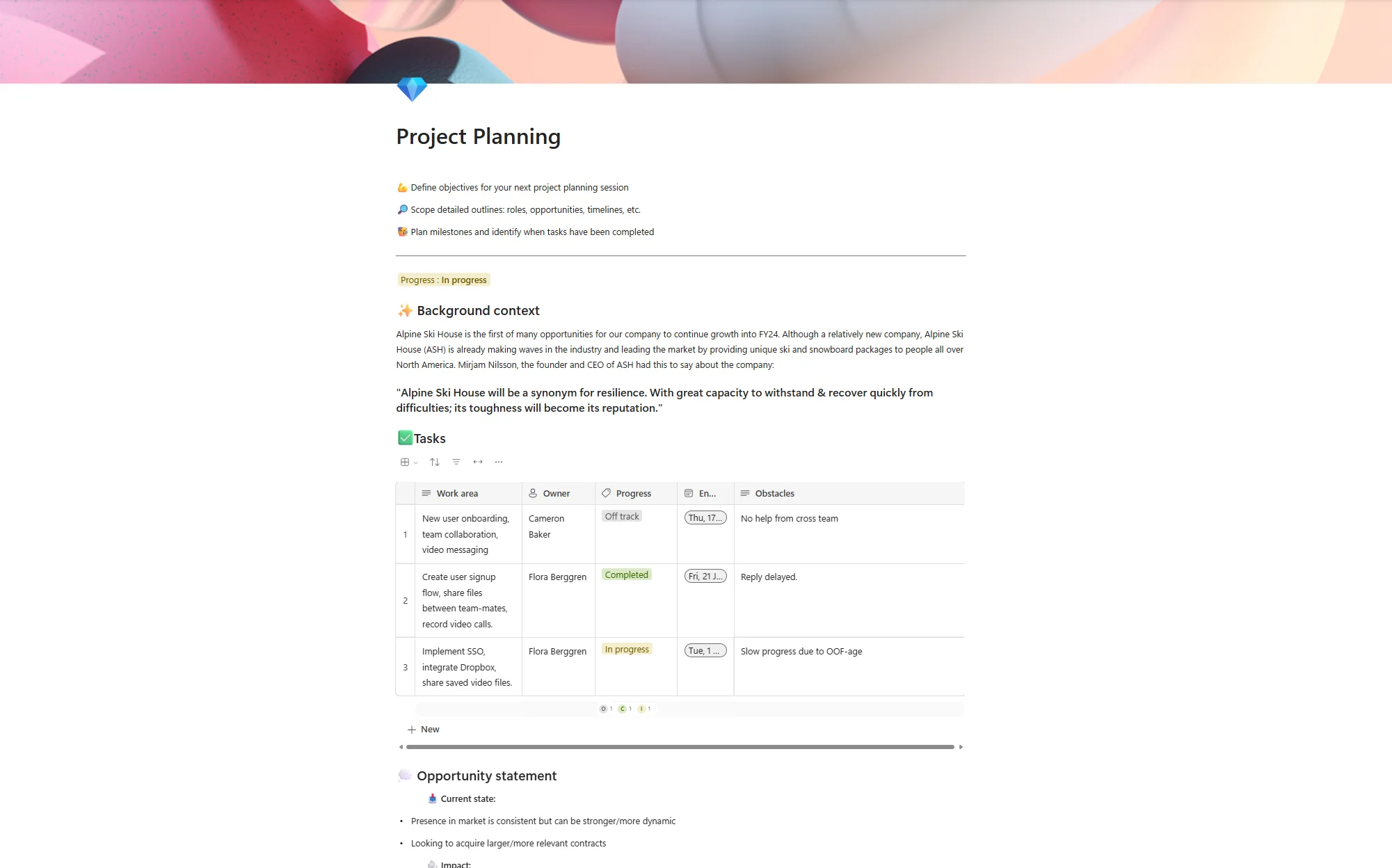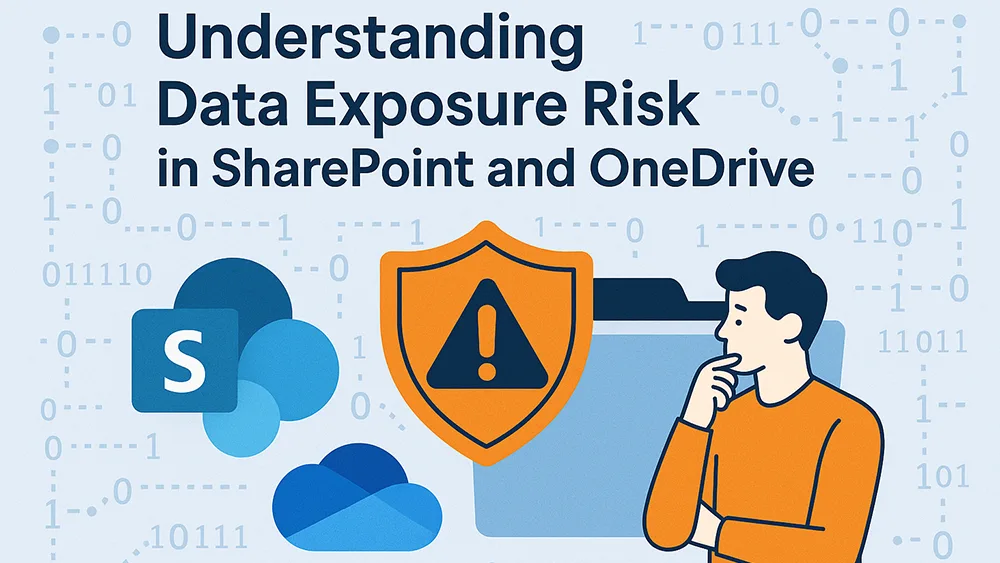Microsoft Business Standard vs Premium: Which is right for you?

Posted on September 24, 2025 by Louise Howland
Businesses need more than basic software tools to operate efficiently in today’s digital landscape.
Microsoft 365 for Business is a cloud-based productivity suite designed specifically with businesses in mind. It includes the latest apps, secure cloud services, advanced protection and device management to support day-to-day tasks so your people can work and communicate wherever they are.
Business leaders can choose between two distinct packages: Microsoft 365 Business Standard and Microsoft 365 Business Premium. Both offer support by enhancing collaboration, security and efficiency, but there are also notable differences.
Whether you have outsourced IT support or manage everything in-house, we highlight the key variations between Microsoft Business Standard vs Business Premium and list the additional features you’ll find in one solution but not the other.
What different types of Microsoft 365 Business plans are there?
Microsoft 365 offers four main types of business plans designed to support small to medium-sized organisations with up to 300 employees. Each plan comes with varying features, apps and services that boost productivity, efficiency, collaboration, security and communication.
- Microsoft 365 Apps for Business: Limited to Office apps only
- Microsoft 365 Business Basic: Web-based Office apps and other collaboration tools
- Microsoft 365 Business Standard: Desktop and web-based Office apps and business email
- Microsoft 365 Business Premium: All features provided by the other plans, plus advanced security and device management tools
While the first two options above may be suitable for some companies, our focus is on Microsoft Business Standard vs Business Premium, and which option serves your needs the best.
Business Standard vs Business Premium: What they share
Both Business Standard and Business Premium plans include core productivity and collaboration tools, which typically are enough for many small to medium-size businesses:
- Desktop versions + web + mobile versions of traditional Office apps: Word, Excel, PowerPoint, Outlook etc.
- Business email (custom domain) via Exchange Online.
- 1 TB (terabyte) of OneDrive cloud storage per user.
- Microsoft Teams, SharePoint, OneDrive for Business, for collaboration and file sharing.
So, if you mostly need standard productivity tools, file storage, email, remote/hybrid working collaboration — Business Standard gives you this.
What Business Premium gives you that Business Standard Doesn’t
If you go with Business Premium, you get everything in Standard plus more advanced features, mainly around security, device and identity management, compliance, and protection. Here are the main enhancements:
| Feature | What Premium adds/improves | Why it matters |
| Threat protection/cybersecurity | Microsoft Defender for Office 365 (anti-phishing, email filtering), Defender for Business (anti-malware, advanced threat protection). | Helps defend against more sophisticated attacks. Good if you have more risk or sensitive data. |
| Device & endpoint management | Full mobile device management (MDM), mobile app management, Intune, ability to manage PCs/laptops, maybe remote wipe etc. | Useful if people use multiple devices, BYOD (bring your own device), remote/hybrid work. Keeps devices secure. |
| Identity & access controls | Conditional access policies, more identity protection through Entra ID Premium components, stricter access control. | You can limit access based on location, device status etc. Helps prevent unauthorised access. |
| Compliance, data protection | Data loss prevention (DLP), information protection (classifying/labelling sensitive content), encryption, more tools for auditing and legal/regulatory compliance. | If you deal with regulated data (health, legal, finance) or want stronger control over data leakage etc. |
Business Standard vs Business Premium: Which plan is right for you?
The choice between Business Standard and Business Premium depends on your business needs. Business Standard is best if you want core productivity tools on a tighter budget and don’t require advanced security or device management. Business Premium adds stronger protection with Microsoft Defender, device management for remote teams, and compliance tools for handling sensitive or regulated data. Many organisations mix plans—using Premium for high-risk teams like finance or HR, and Standard for other staff.
Here are some scenarios to help decide:
- If you’re a small business, have non-sensitive data, low compliance burden, and cost is a concern, Standard might be enough.
- If you manage sensitive information, have remote workers or many devices, worry about security risks, or want to enforce stronger controls/compliance, Premium is likely worth the extra cost.
- If you’re paying for a separate anti-virus product or email security products, you can consolidate your costs and use tools built into Business Premium.

How do I implement Microsoft 365 to access the benefits of Business Standard or Business Premium?
Successfully implementing Microsoft 365 begins with assessing your IT infrastructure and planning for a smooth transition.
Both Business Standard and Business Premium include tools like Teams, OneDrive, and desktop Office apps to boost collaboration and efficiency, while built-in security features such as conditional access, Microsoft Defender, and Azure Information Protection safeguard sensitive data.
With extras like Microsoft Forms for surveys and Bookings for customer scheduling, Microsoft 365 streamlines operations, enhances engagement, and helps businesses stay productive and secure.
What support is available for Microsoft 365 services like Business Standard and Business Premium?
Microsoft 365 provides a wide range of support and security features to help businesses maximise value and stay protected.
Business Premium includes 24/7 phone and online support, while Standard and Basic plans offer online resources and community forums, supported by tutorials, videos, and documentation for training.
For tailored advice, Microsoft partners can deliver customised guidance. Beyond support, Microsoft 365 strengthens security with tools like Purview for compliance, advanced threat protection, endpoint detection and response, and Intune for device management—ensuring secure access, enforced policies, and the ability to remotely wipe lost or stolen devices.
Business Standard vs Business Premium checklist
If your business is facing a choice between Business Standard vs Business Premium, here’s a quick checklist to compare the different features and apps.
| Microsoft 365 plan checklist | ||
| Feature | Business Standard | Business Premium |
| Online meetings, video calls and chat | ✔ | ✔ |
| Desktop & web apps (Word, Excel, PowerPoint etc) | ✔ | ✔ |
| Business email and calendar management | ✔ | ✔ |
| Cloud file storage and sharing | ✔ | ✔ |
| Microsoft Defender for Business | ✖ | ✔ |
| Advanced threat protection | ✖ | ✔ |
| PC & mobile device management | ✖ | ✔ |
| Azure Virtual Desktop support | ✖ | ✔ |
| Azure Multi-Factor Authentication (MFA) | ✖ | ✔ |
Looking for a Microsoft 365 partner for your business needs?
At ramsac, we’ll take care of all your IT needs, including migrating your full office infrastructure to the Microsoft 365 suite so your business can benefit from Business Standard or Business Premium features and security. Get in touch today.







